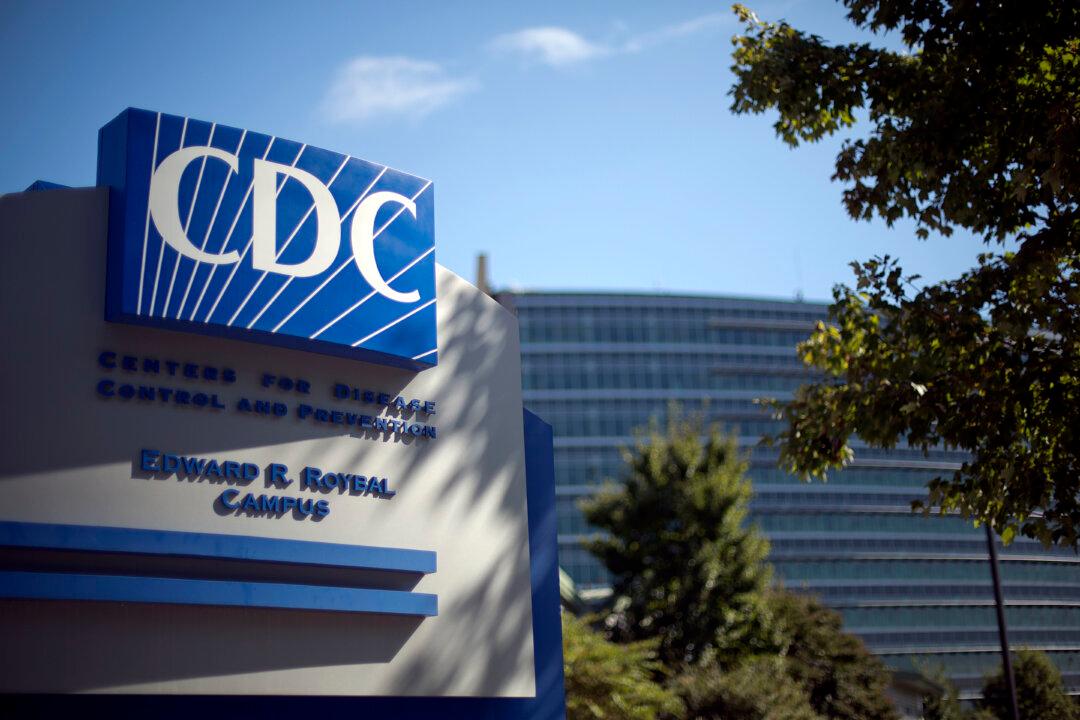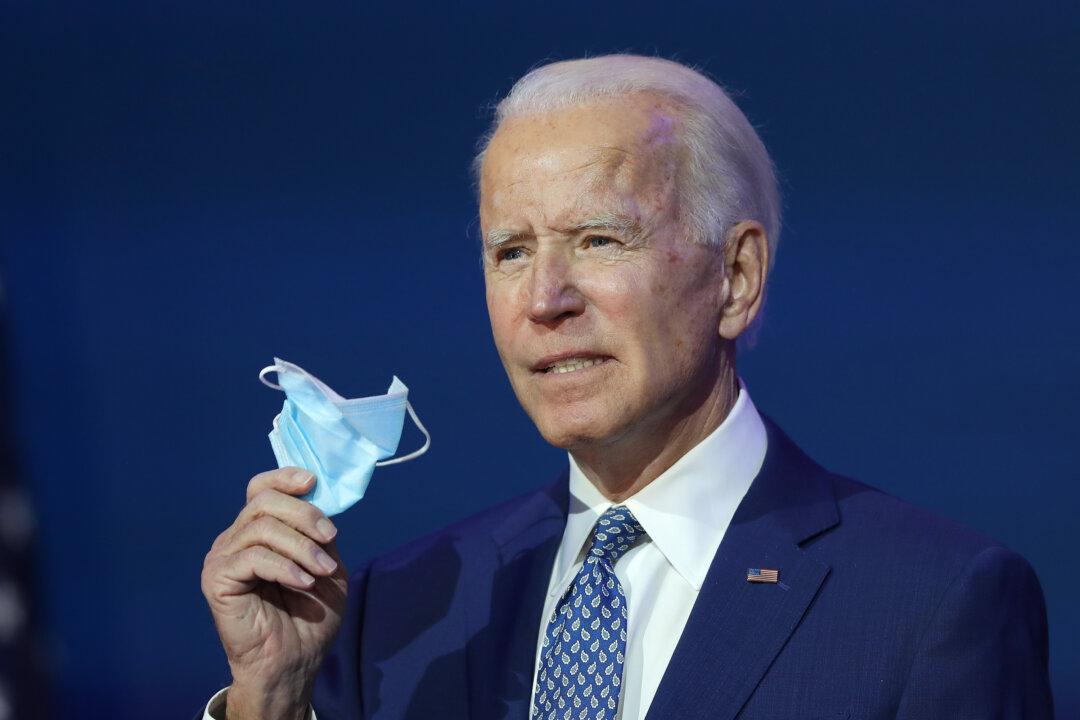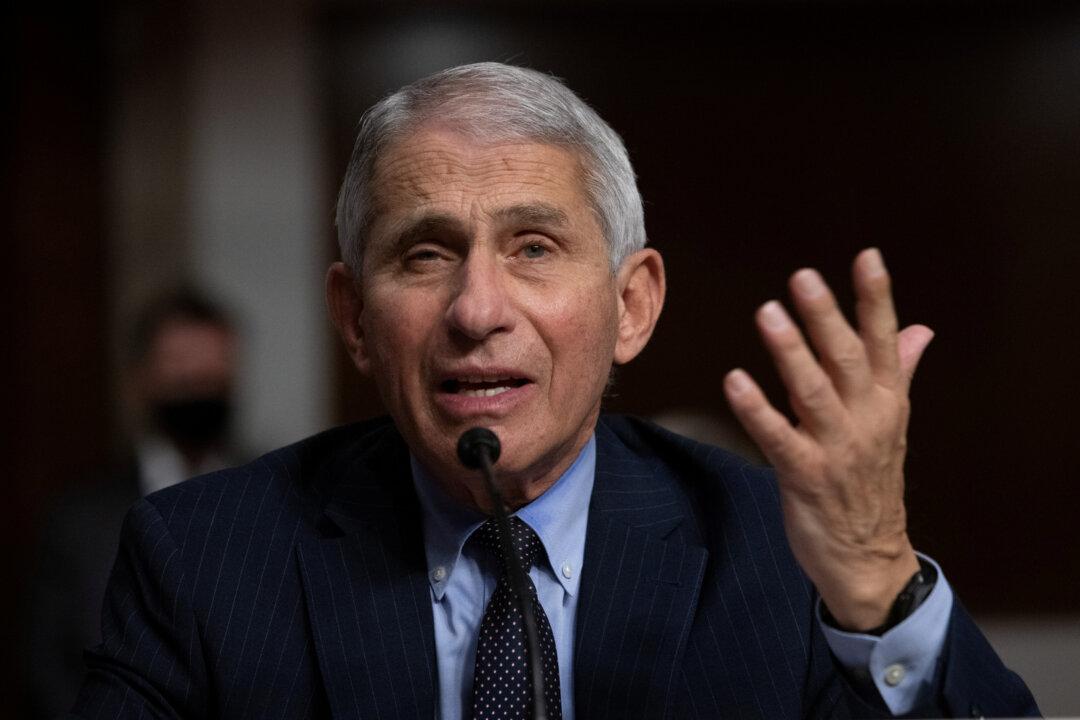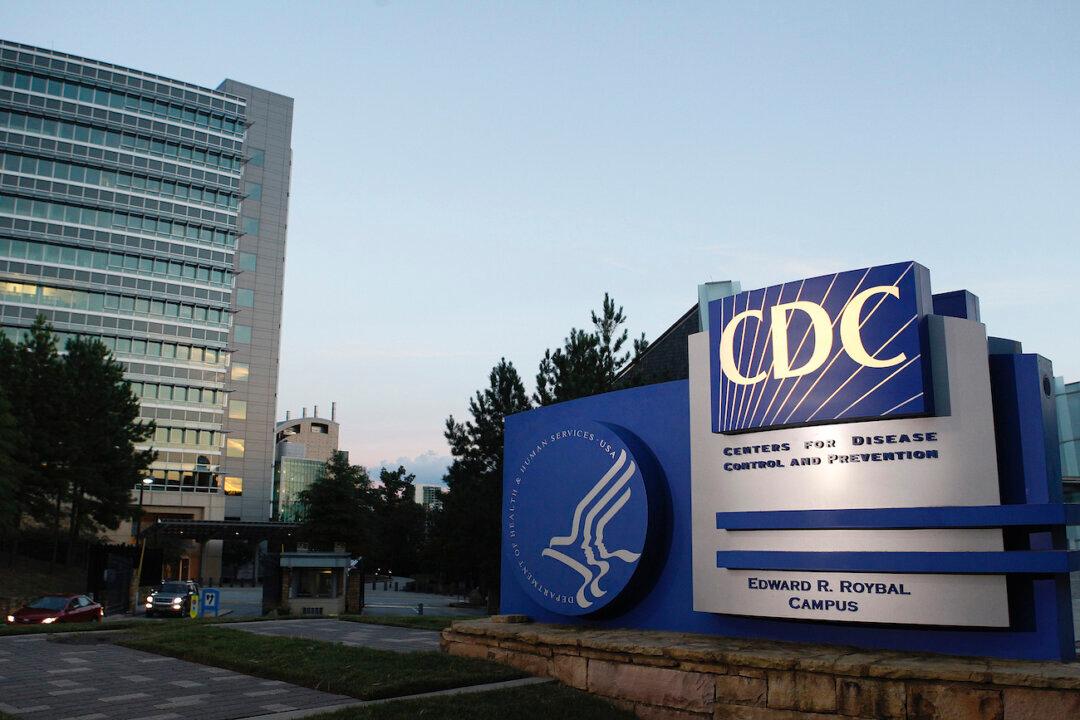The Center for Disease Control and Prevention (CDC) released a new guideline on Wednesday, July 22 regarding COVID-19, which indicated that patients no longer need to undergo testing in order to end their isolation.
The new guidelines state that according to new findings and assessments done by the CDC, patients infected with COVID-19 are allowed to discontinue their isolation and be considered as recovered if they no longer exhibit any symptoms 10 days after they first appear and if patients have not had a fever in the last 24 hours without the use of any fever-breaking medication.





